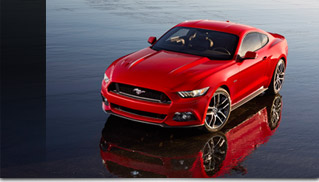 2015 Ford Mustang is definitely a fresh interpretation of the original Mustang. It is both contemporary and instantly recognizable, thanks to its shark-bite nose through the fastback profile to the tri-bar taillamps. The model features lower roof and wider hips, which enhances the visual muscularity and give Mustang a more athletic stance.
2015 Ford Mustang is definitely a fresh interpretation of the original Mustang. It is both contemporary and instantly recognizable, thanks to its shark-bite nose through the fastback profile to the tri-bar taillamps. The model features lower roof and wider hips, which enhances the visual muscularity and give Mustang a more athletic stance.
As a matter of fact the Mustang has evolved over five decades and six generations. Certain visual cues however connect the latest model to the originals like the slant of a nose or the shape of the eyes that repeat themselves in any family.
The model has been one of the few cars in continuous production for 50 years. Its visual presence, performance and accessibility have been at the core of Mustang’s popularity. It was introduced in 1964, and instantly had 22,000 orders on the first day of availability. Over 50 years, the model has been sold in more than 9 million numbers.
Starting with its long-hood, short-rear-deck proportions, Ford designers have identified the DNA elements that combine to create the Mustang look. Details such as the trapezoidal grille, shark-bite nose, tri-bar taillamps, hockey-stick side profile and twin eyebrow dashboard have all been recurring themes throughout six generations of Mustang.
The fastback profile was always about performance. In form of convertible, the car adds to the visceral appeal with top-down driving. With a lower roof and wider hips, the new Mustang has a stance on the road that looks more muscular than ever.
The new three-dimensional tri-bar taillamps are distinctly Mustang, but with a modern feel that could only be executed by taking advantage of 21st century lighting technology. In other words, with a car as iconic as Mustang, it’s important to keep the visual identity that links to its predecessors.
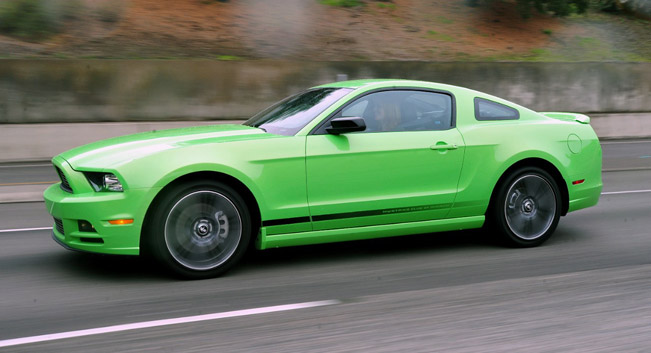
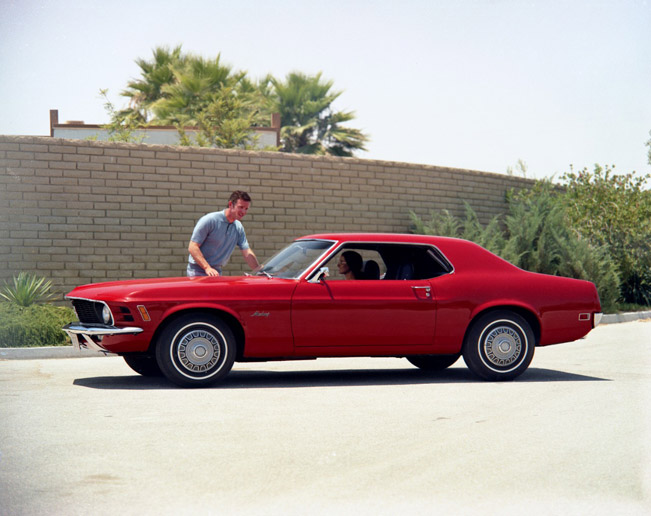
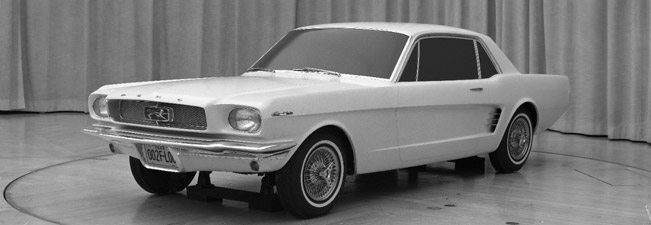
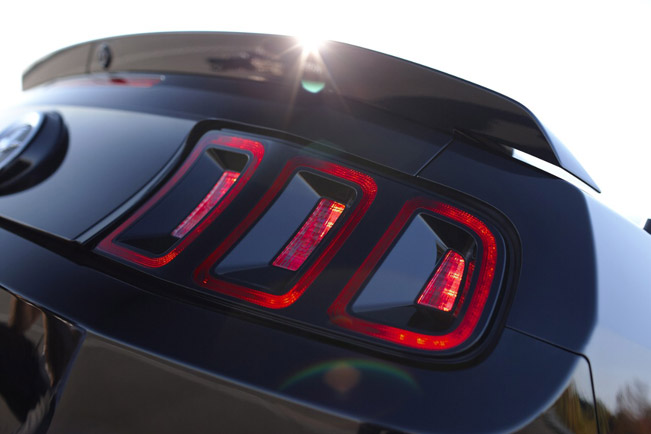
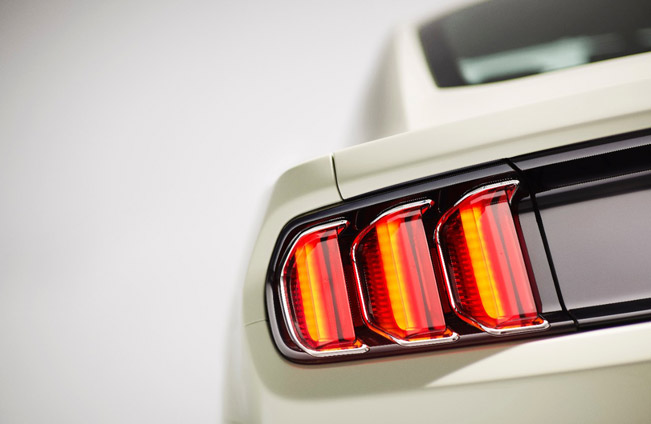
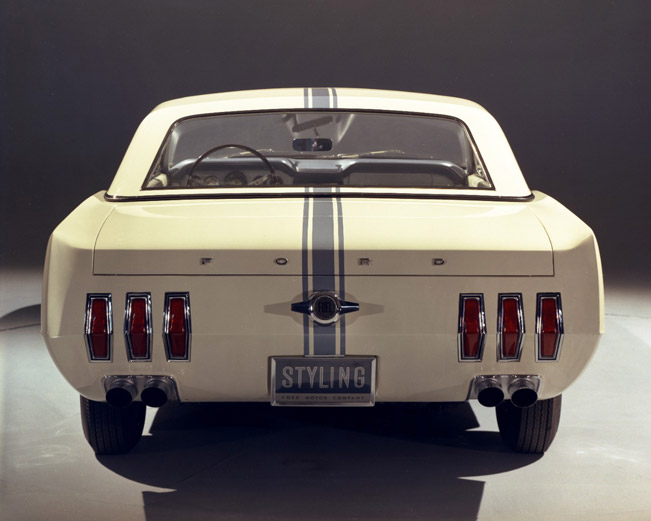
Source: Ford